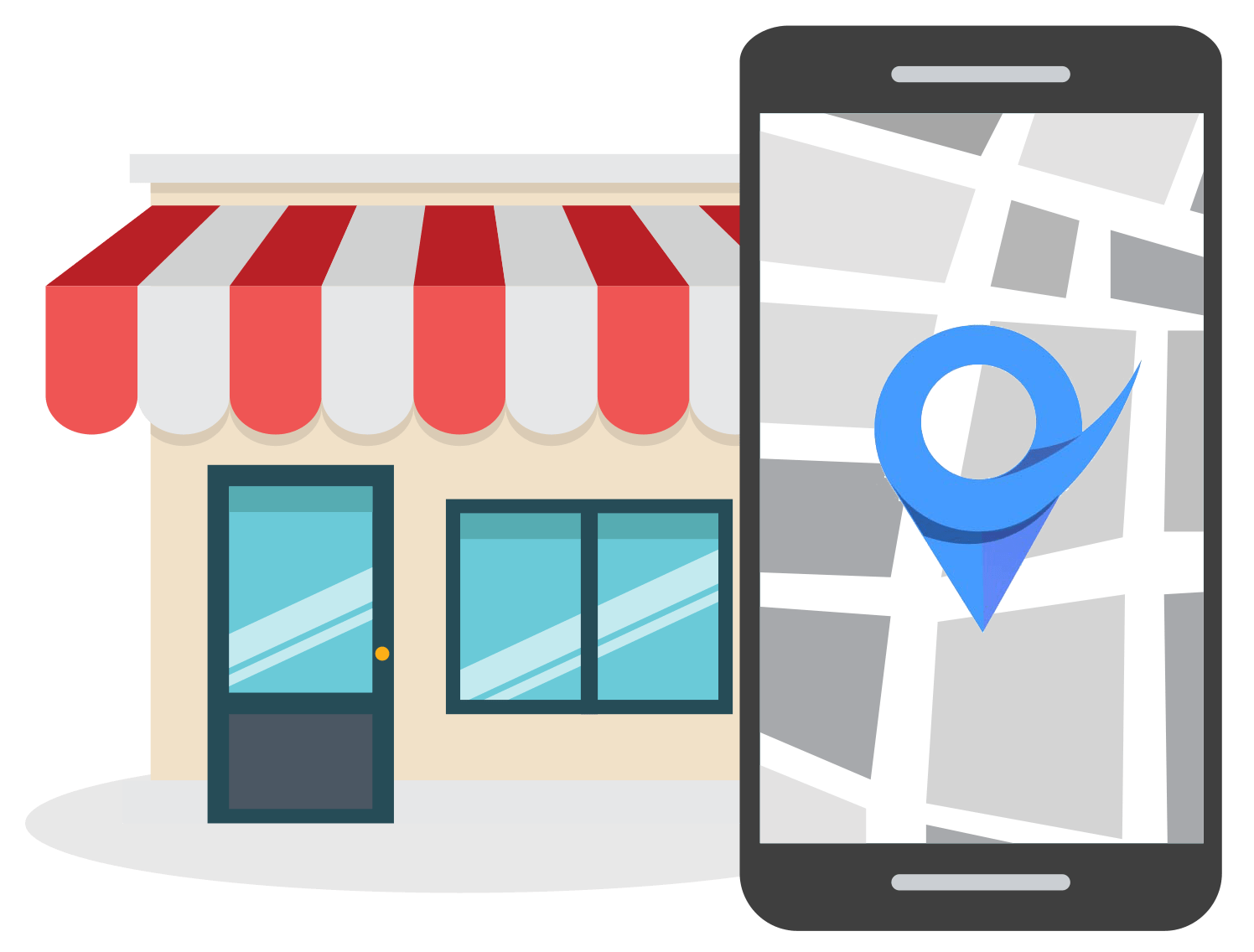Does Geotagging Photos Help Local SEO Rankings?
Aug 23, 2022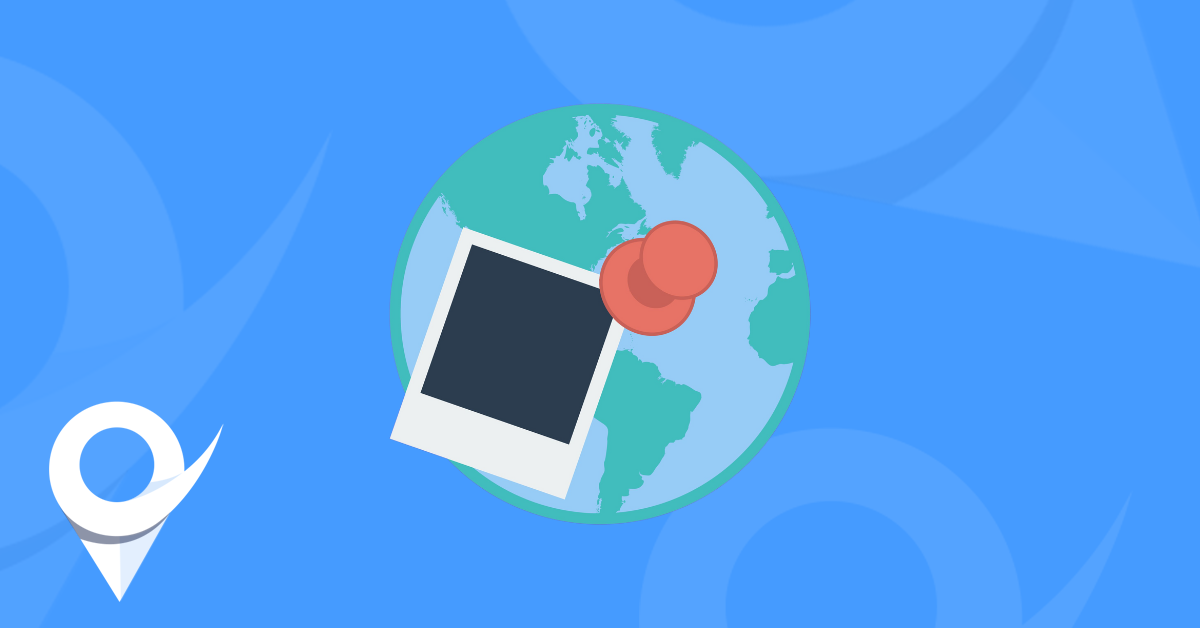
Table of Contents
What is geotagging?
Importance of geotagging
Improves search engine optimization
Better consumer intelligence
Higher brand awareness
Does geotagging photos help local SEO rankings?
How to add geotag data to photos for local SEO
Improve your local SEO
Look at the size of your photos
Upload on relevant pages
Add captions
Provide Alt text
Should you geotag every photo on your website?
Can you add geotag data to GMB photos?
Prioritize your privacy
Conclusion
Almost 97% of search engine users are looking for local businesses. But according to On The Map Internet Marketing, 58% of the companies don't optimize for local search.
They're missing out on a tremendous opportunity to enhance their brand awareness, foot traffic to stores, and revenue. If you're among them, you're giving your customers away to competitors.
To avoid this from happening, you should optimize your website's local SEO. When it comes to optimization, a question that bothers many business owners and marketers is: "Does geotagging photos help local SEO? If so, how?"
This blog will explain geotags, their importance, how they can boost a website's ranking, and why you may want to include them in your local SEO strategy.
What is Geotagging?
Geotagging refers to the process of adding geographical coordinates to the metadata of various media files such as images, videos, websites, or any social media content.
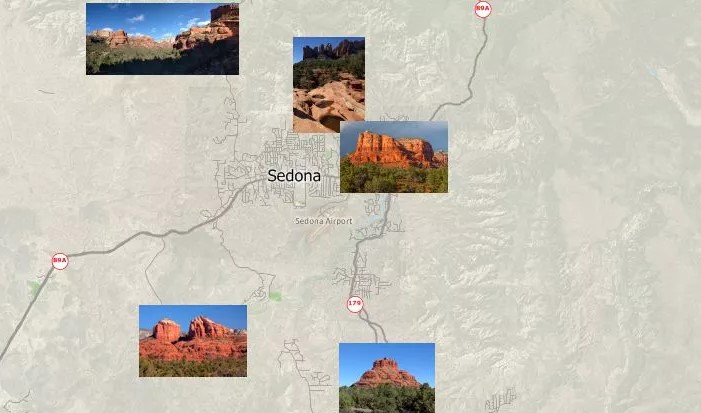
Image source: Caliper
It shows where the photo or video was created or modified. The geographical coordinates include latitude and longitude. But along with it, the data also contains altitude, distance, accuracy, and place names that can help optimize rankings on the local search engine result pages.
While optimizing a website with geotagged SEO media, it is equally important to include geo-targeted keywords to attract the ideal audience.
Importance Of Geotagging
Geotags let you determine how your customer interacts with your business and can be used for delivering specialized offers. Many brands use geotags to know how people engage with their brands and improve advertising campaigns based on their activity.
Here are some of the reasons why geotagging is important:
Improve Search Engine Optimization
Geotagging photos can help the search engine to provide precise results. Let me illustrate this with a geotagging example.
Imagine you're running an Italian restaurant in New York.
If you’ve optimized your website by geotagging SEO images and content, and people search for "Italian restaurants near me" (standing in New York), you have a high chance of being shown to them among the top results.
The more your website, content, and media are geotagged, the higher the odds of increasing growth in search engine rankings.
Better Consumer Intelligence
As said earlier, geotagging can best be used to understand your buyer's behavioral patterns. Doing so gives you clear insights into your target audience and enables you to experiment with marketing to different behavioral audiences.
Using this data, you can devise a new marketing strategy to improve results.
High Brand Awareness
Geotagging your content, website, media, etc., influences the search engine to boost your appearance to relative search terms of local searches. Top results on the search engine will improve your visibility and brand awareness for your business.
Does Geotagging Photos Help Local SEO Rankings?
Opinions are mixed on the answer to this question.
Some say it does. Some say it doesn't. But both seem to be true. Sterling Sky researched the impact of geotagging photos on Google My Business rankings. At the end of the study, they found that it didn't make a difference.

Image source: Sterling Sky
Additionally, Tim Kahlret conducted a test that also showed no impact on search rankings.
But that's not the full story.
Every search engine follows different algorithms. If Google ignores geotags, it doesn't mean that Bing and Yahoo should follow the same. In fact, Bing uses geotags for determining location and improving rankings.
You think of the question "Why does Google ignore geotags when others use them?"
The reason for this is because most geotags are incorrect. That’s why you must provide accurate information consistently across the web.
Regarding Google, it is all about consistency, accuracy, and relevancy. If your photo does that, it benefits your local SEO. Likewise, Google Map citations help to improve local SEO ranking. Sharing business details like name, address, and phone number across all the citation listings on the web helps increase the rank.
If you want to improve your chances of ranking in search engines other than Google, you might want to consider adding geotags to photos, but other than that, geotagging photos doesn't help local SEO rankings.
How to Add Geotag Data to Photos for Local SEO?
Considering the possibility of ranking on other search engines besides Google, you need to geotag photos. Here are a few tricks to add geotag data to photos.
You can use tools like Geoimgr to geotag an image. Add image details to the EXIF (Exchangeable Image File format) tags and you can download the EXIF geotagged image and use it on your website.
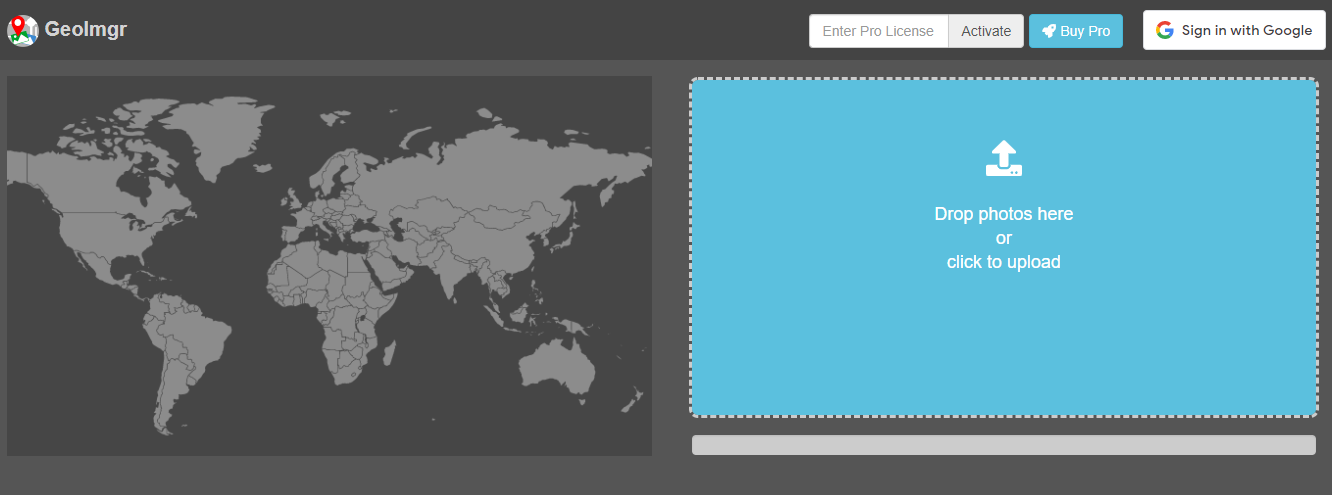
Upload the image on the right side of the interface. Then the system will ask you to feed in the location details.
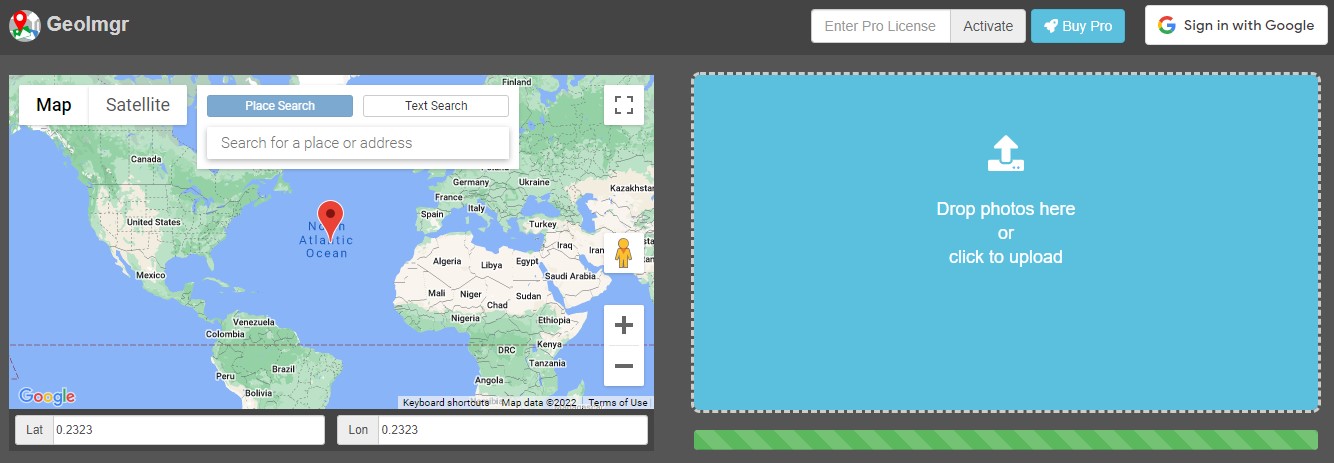
Complete the geolocation, keywords, and description fields that you’d like to add to the image. Then click download.
After successfully downloading the file, unzip it and start using the images to improve your local SEO.
You should use geotagged images for business listings, directories, social media, press releases, etc. to provide consistent business details. You can automatically geotag an image by using GPS-enabled devices like smartphones, DSLRs, and MILR.
Improve Your Local SEO - Use These Practices for Effective Results
Here are some tips you should use along with geotagging SEO images to increase your ranking chances:
Look at the Size of Your Photos
Ensure that the image is small in size without the quality getting ruptured. This applies to videos as well. The larger the size, the higher the loading time, which disrupts the entire user experience.
Upload on Relevant Pages
Geotagging every image is not necessary. It should only be included on relevant pages and help the audience connect with what you’re trying to convey.
Add Captions
Writing relevant and insightful captions helps the user to get a better understanding of an image.
Provide Alt Text
Alt-text is a crucial factor for search engine ranking. A human can understand the content in the image by looking at it. But the search engine bot can only understand the image via the image alt-text.
For example, imagine you're running a burger shop in your local area. If you upload your new chicken burger image without editing its file name (general_01214), the search engine won't understand it.
But if you rename the image by describing what the image is showing, it helps the search engine bot to understand, crawl, and index the image.
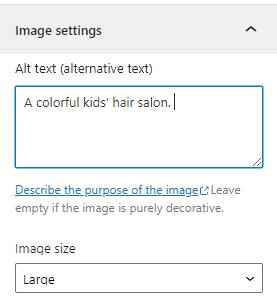
Luckily, with tools like AltTextGenerator you don't have to spend too much time creating alt text. This tool automatically creates SEO-optimized image alt text using advanced neural networks and machine learning algorithms.
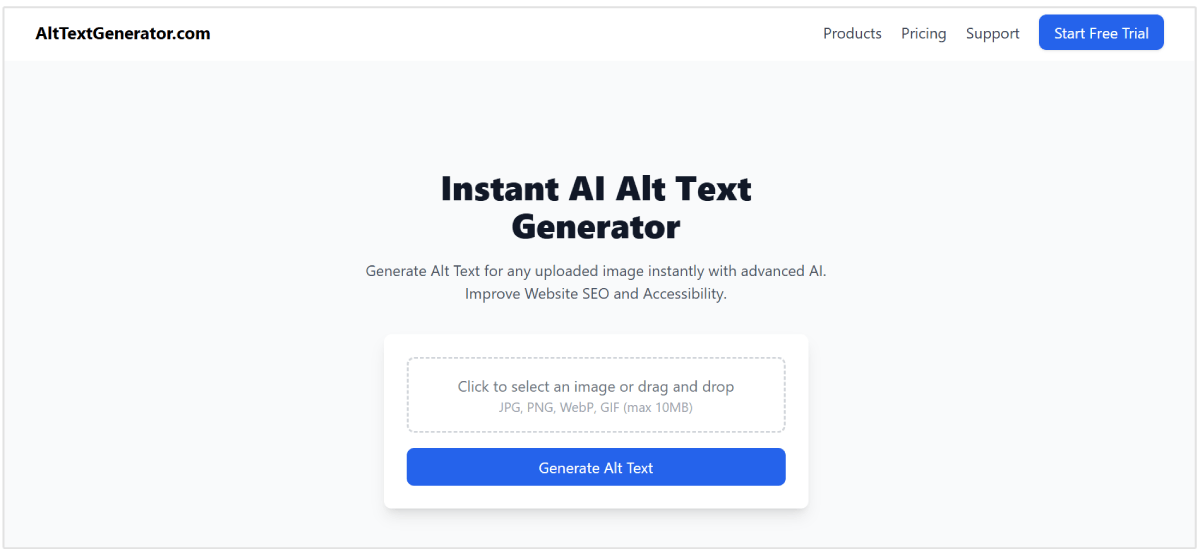
Once the tool generates relevant alt text, simply copy and paste it into your website code or relevant field in your CMS.
Should You Geotag Every Photo on Your Website?
No, adding geotags to every photo on your website is not necessary. Only add geotags to photos on pages you are targeting for local SEO. These are the crucial pages where the customers will be spending time getting to know your business.
While adding images to these pages, make sure the image is the right size and placed at the right spot.
The user might use your website from a smartphone, laptop, or tablet. So, check whether the image is optimized for all devices.
Moreover, keeping pictures on the left side will attract the reader. Since we humans are all psychologically designed to read from left to right.
Can You Add Geotag Data to GMB Photos?
You can't directly add geotags to GMB photos. So then, how to geotag photos on Google My Business?
You have to first download the images and then note the geographical coordinates of your shop on Google My Business. Then add the details on the image EXIF tags and re-upload the image to the GMB photos section.
Or you can use tools like Geoimgr to add geotags as we discussed earlier.
If you're about to add photos to your Google My Business account, ensure you follow the below given optimal specs:
- The image you add must be smaller than 10MB in size.
- The image should be a minimum of 720 x 720 pixels.
- It should be presented with this name format: Company_Name_City_Business_Category. (Alt text)
- Add photos of each section (shop photo, staff photos, business logo, product or service demonstration photo, etc.)
- The image can be simple and informal. But, the photo should be clear.
Prioritize Your Privacy
In this digital era, privacy is very important. Most of our lives and details about us are available online. So, when you add images to your Google My Business account or website, ensure you're using your business email account.
And when you share your contact details, ensure that you're providing your business number.
You too need some private space, right? You can't just keep thinking about your business all the time.
So then, why use separate numbers?
Simple, if you use the same contact details to share images on GMB and share your private personal images on social media, you're exposing yourself. Whenever you share images on your social media account with geotagging enabled, you'll be leaving trails.
So, if anyone follows the trail and identifies that you're not a shop, you're at risk. Because of this, you need to ensure your privacy is kept secure.
Conclusion
Geotagging is a great way to enhance your business's local rankings in the search engine. But, when it comes to adding geotags to photos for increased local rankings, the opinions are mixed.
Like everything, there are pros and cons. But, based on research, we can only conclude that geotagging images doesn't help in improving local search engine rankings.
The accuracy of the information is more important. That's how the search engine shares relevant and accurate results to provide a good customer experience.


